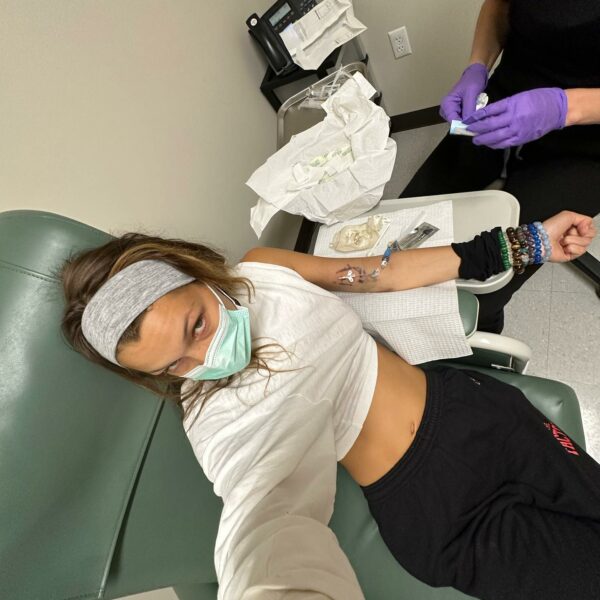The age of sun smarts is upon us. Gone are the days of laying out with a metallic reflector to maximize UV glare on slick bodies, coated in piña colada-scented tanning oils with a basically nonexistent SPF level of 4. Oof. The very thought of it makes us shudder. Or, more accurately, sweat. And blister.
While a “healthy” glow is still a desirably youthful, carefree look, there are many products out there that help us fake it a little. Now, many of us slather ourselves in SPF 50, wear broad-brimmed sun hats and long sleeves, mist ourselves with SPF setting sprays, and generally shrink away from damaging UVs, turning inward until poof! We disappear into ourselves for fear of premature aging.
Both sides of this spectrum are a little extreme. We need sunlight to regulate our circadian clocks, help us wake up as well as sleep better, create a kind of vitamin D on the skin not always so easily absorbed by supplements, and to trigger our dopamine and serotonin levels in the brain so we can literally just be happy. And yet, like all things, moderation is key, and with our atmosphere in environmental peril, it’s time to take things seriously on the sun-safe front.
Dr. Jennifer Herrmann is a board-certified, fellowship-trained dermatologist and dermatologic surgeon at Moy, Fincher, Chipps in Beverly Hills, and a strong advocate for staying on top of the ever-changing envelope that is your skin. She’s clear about the fact that “although lighter skin is more likely to be damaged by sun and more susceptible to skin cancer, melanoma can affect all skin tones, so having darker skin doesn’t exempt one from being checked.”
She points out that in general, “full-body skin exams are most important for those with many moles, a personal history of abnormal (atypical moles) or melanoma, or for those with a family history of melanoma.” But as we age, we might start to see new moles or a shift in color, shape, or texture of moles. This isn’t necessarily a cause for alarm, but it is a reason to book an appointment with a dermatologist for a check as soon as possible.
Dr. Herrman also makes the case that “in other instances, certain medical conditions [like immunosuppression] can also predispose a person to skin cancer, so it may be more important to be checked at an earlier age or more frequently in those settings.” There are many causes of immunosuppression, so it’s important to know what the side effects of certain medications and syndromes are so you can take the proper precautions.
Dr. Herrmann recommends most people see a dermatologist in their 20s, and from that initial assessment, more or less frequent visits can be recommended. If you like to spend time in the sun, why not make it an annual habit? We think it’s a small price to save your skin.
The content provided in this article is provided for information purposes only and is not a substitute for professional advice and consultation, including professional medical advice and consultation; it is provided with the understanding that Poosh, LLC (“Poosh”) is not engaged in the provision or rendering of medical advice or services. The opinions and content included in the article are the views of the interviewee only, and Poosh does not endorse or recommend any such content or information, or any product or service mentioned in the article. You understand and agree that Poosh shall not be liable for any claim, loss, or damage arising out of the use of, or reliance upon any content or information in the article.
Up next, be the first to know our weekly content and sign up for our Poosh newsletter.




































